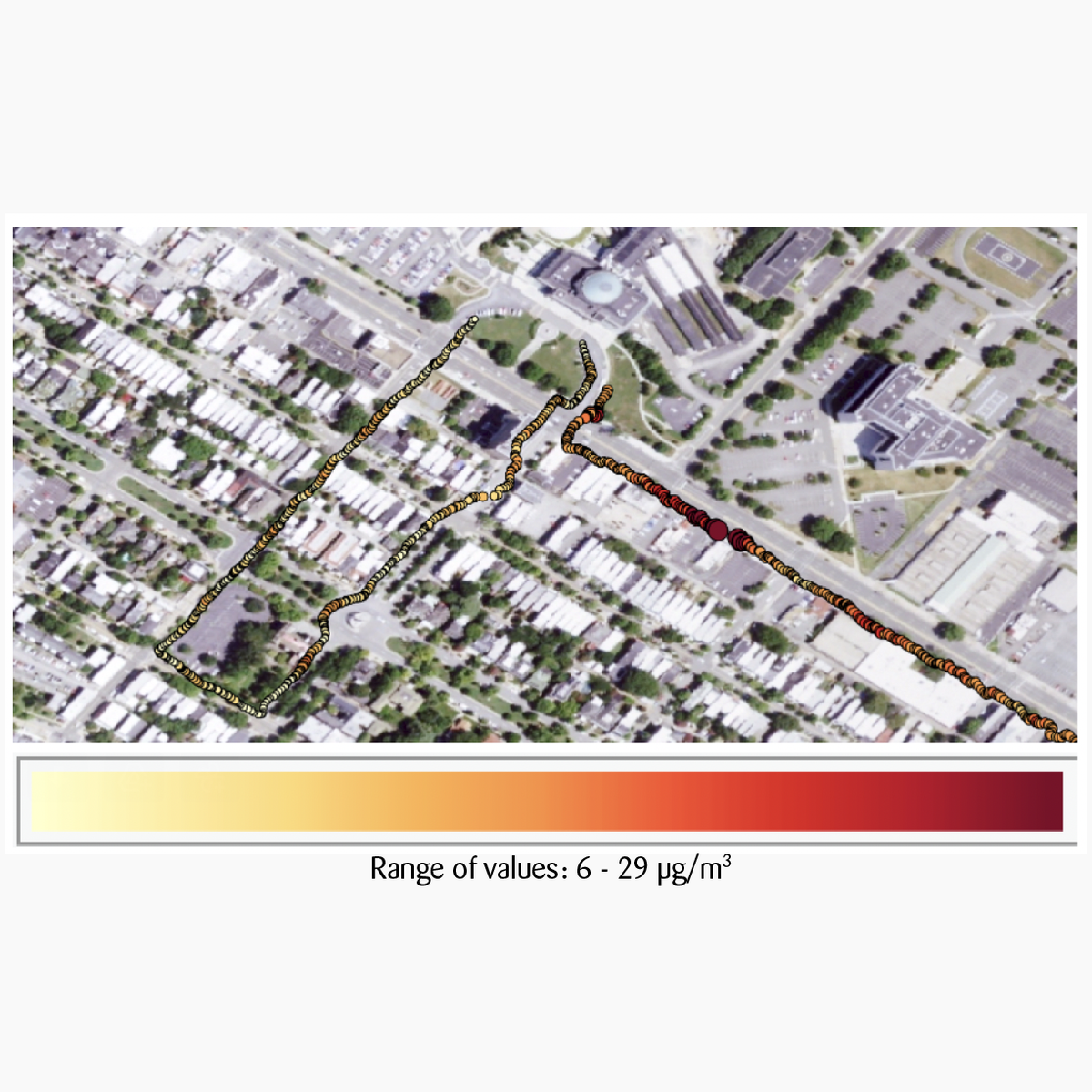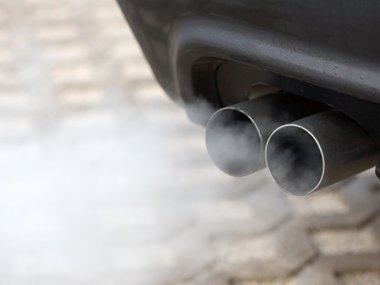Question Your World: Can Traffic Pollution Impact Your Brain?
For many years, we’ve known traffic-related air pollution is bad for our lungs, but a new study is now shedding light on how exposure to high amounts of pollution can quickly impact the brain! In a first-of-its-kind study, scientists observed how exposure to diesel exhaust causes decreased functional connectivity in the brain after only a short amount of time. So what does this mean and why does this matter?
Pollution’s impacts on the body have been studied for years, but most of those studies have focused on long time frames. The World Health Organization (WHO), for example, has standards on air quality based on pollution’s impacts over the course of 24 hours. This new study shows there can be impacts within just a matter of hours.
Participants in a lab setting were safely exposed to high concentrations of diesel exhaust. Then using functional magnetic resonance imaging, or fMRI scans of the brain, the researchers observed that the brains’ general cognition capabilities decreased while the exhaust was in the participant’s system. Good news though: brain functions returned to normal in these lab subjects shortly after the fumes stopped.
While this was a small study, it does confirm short term effects from pollution exposure and provides the metric data needed to back up the claim. This now gives scientists a reason to take the study out of the lab and into the streets to analyze this with some real-world applications!

Further studies are needed to see how daily diesel-exposure encounters impact the brain, such as regularly being near idling cargo trucks in parking lots, living or exercising near highways, or having outdoor occupations where you’re around traffic-heavy areas. Also, we already know there is a higher concentration of respiratory problems and air pollution in US communities living in formerly redlined neighborhoods, which are closer to highways and contain homes with less-than-ideal ventilation.
More in-depth studies here would be beneficial in understanding and identifying which communities are most vulnerable to these health risks, of which there are many. In fact, the WHO says air pollution is now recognized as the largest environmental threat to humans worldwide. Better understanding the totality of pollution’s harmful impacts could lead to measures that could raise the quality of life for many people.
Working toward better air quality standards is not a new notion. Over the years, the Environmental Protection Agency's research and findings have impacted many emissions policies to ultimately help clean up our air. For example, here in Richmond, we are currently breathing some of the cleanest air in decades thanks to those efforts. With that said, that does not mean every person is safe from the harmful impacts of exhaust and pollution. Which is exactly what this newly published research is helping further understand and to help us raise the quality of life by making informed decisions that will … air … on the side of caution!

GET INVOLVED
The Science Museum’s current community science project, RVAir, is studying air quality in Richmond neighborhoods and we need you! We invite individuals and community partners to help us measure local concentrations of airborne pollution known as particulate matter (PM), a mixture of microscopic particles in the air that has been linked with cardiovascular and respiratory diseases.

